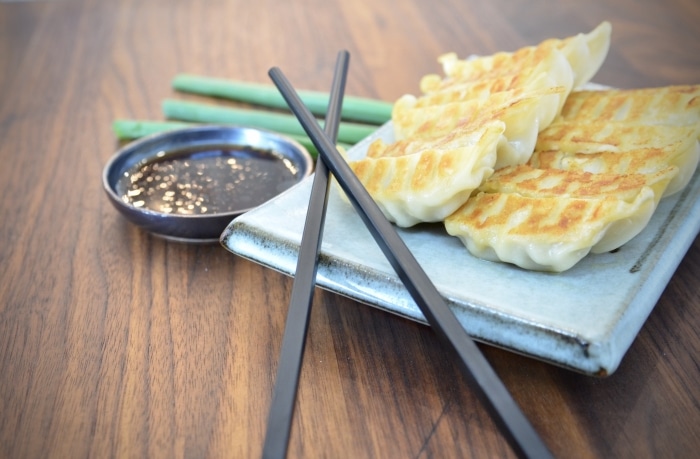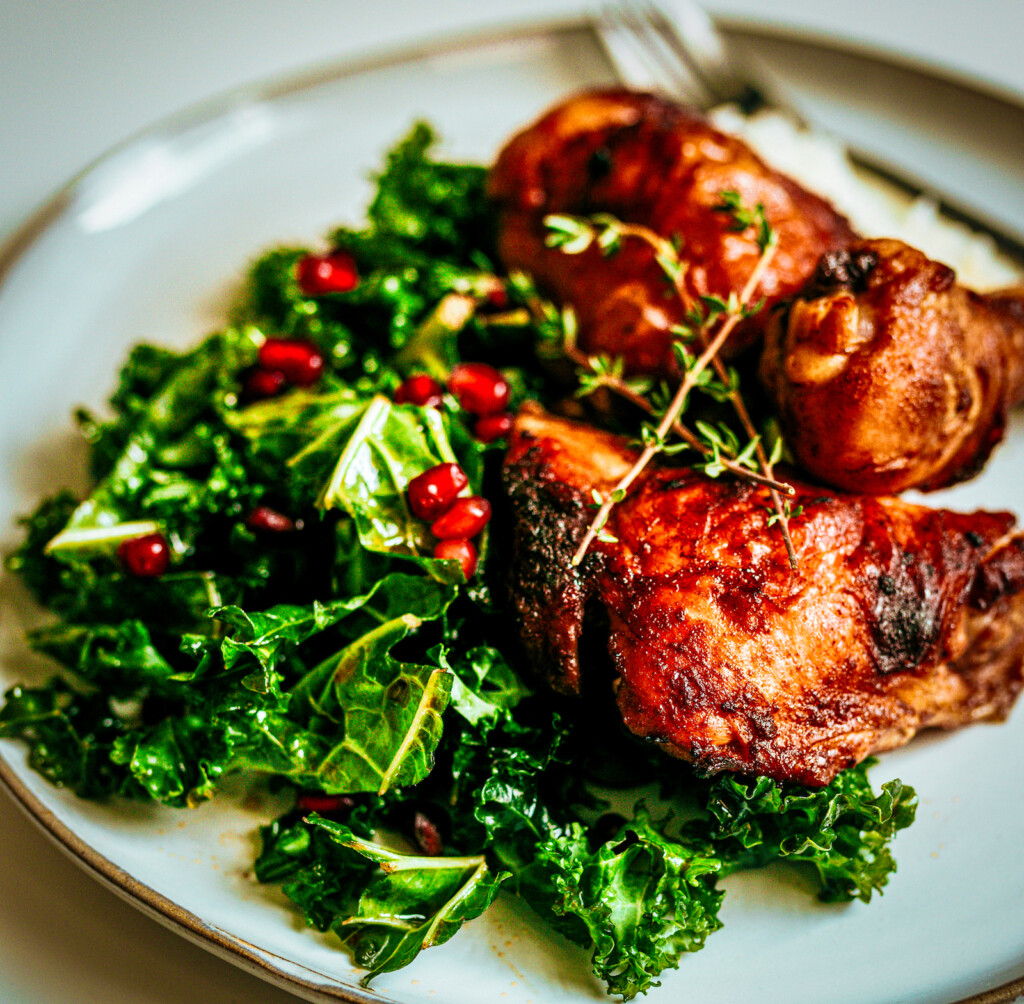
If you’re reading this article, you probably already know the Japanese word umami, which translates roughly as “pleasant savory taste.” It is used to describe one of the five basic tastes, which also include sweet, bitter, salty, and sour. Umami is a savory taste found especially in foods rich in nucleotides and glutamates such as fish, mushrooms, soy sauce, yeast extract, certain cheeses like parmesan, meats and fish.

Well, umami also serves as the name of a very appealing eatery my wife and I discovered recently, located in Vineyard, a newish Orem development which, ironically, is seriously lacking in vineyards. It’s called Umami Japanese Barbecue, an interesting all-you-can-eat buffet-style restaurant where guests cook raw food items on grills built right into their tables.
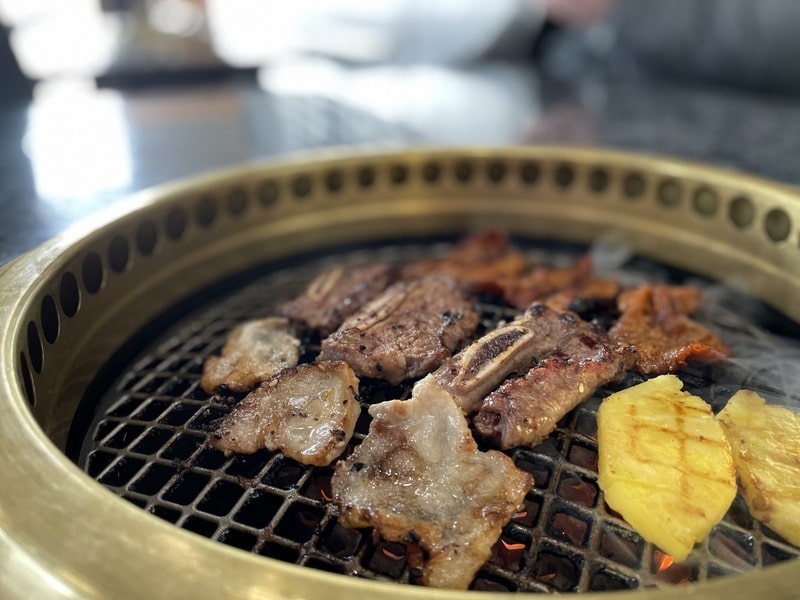
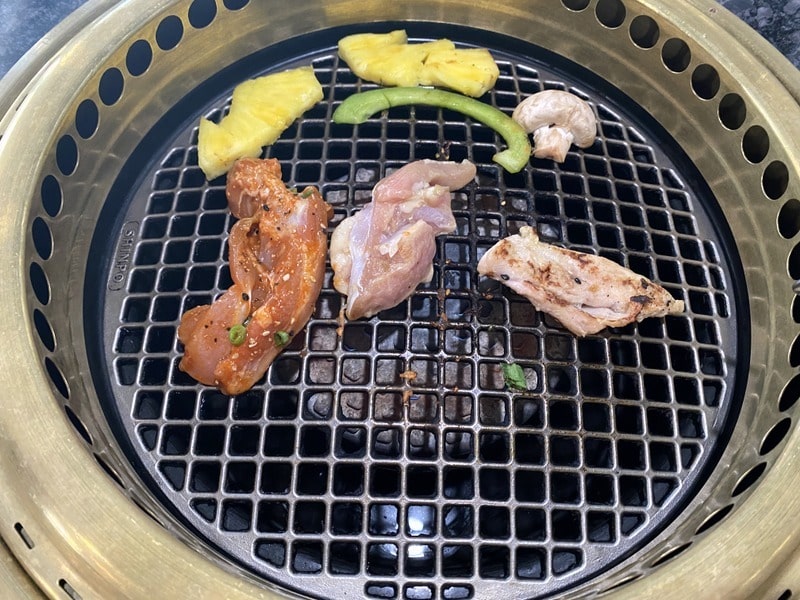
At yakiniku (Japanese barbecue) restaurants like Umami, guests grill thinly sliced, bite size pieces of meats, poultry, shrimp, veggies, fruits and such at their tables. It is very similar to Korean barbecue eateries. Indeed, Korean migrant workers introduced Korean barbecue to the Japanese during the Korean War. The Shinpo grills used at Umami are imported from Japan and are smokeless. As the folks at Umami say, “Your meat will envelop in a smoky grilled flavor, but you will not.” There’s also no open flame so it’s very difficult, if not impossible, for you or your kids to get burned.

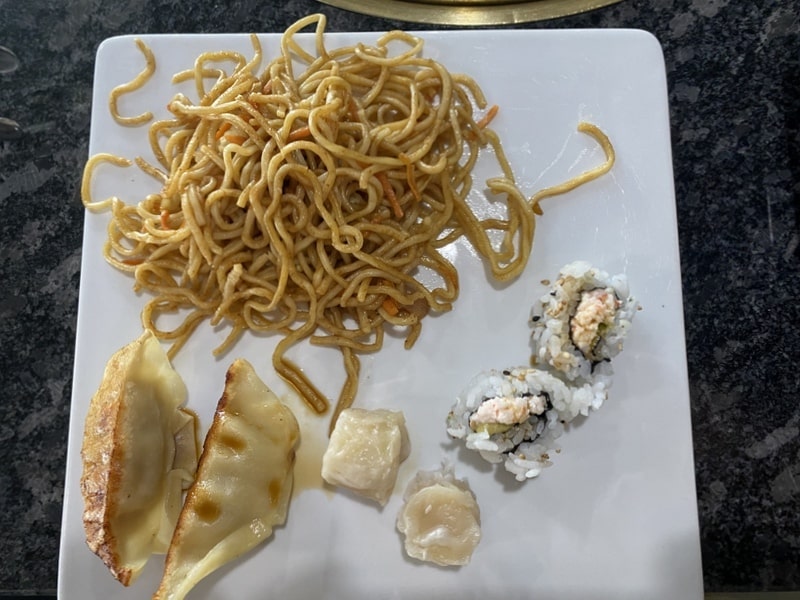
Umami is a buffet-style setup, with one buffet station that offers cooked foods, salads and such, and another that contains all of the raw items. There is something for everyone at Umami, which offers a seriously vast array of foods – enough that it’s pretty much impossible to try everything in a single visit. Cooked buffet items include yakisoba, pork gyoza, delicious steamed shrimp shumai (my favorite of the cooked foods), Japanese brown or white rice, miso soup, hearty Japanese-style beef curry, edamame with Hawaiian sea salt, and more.
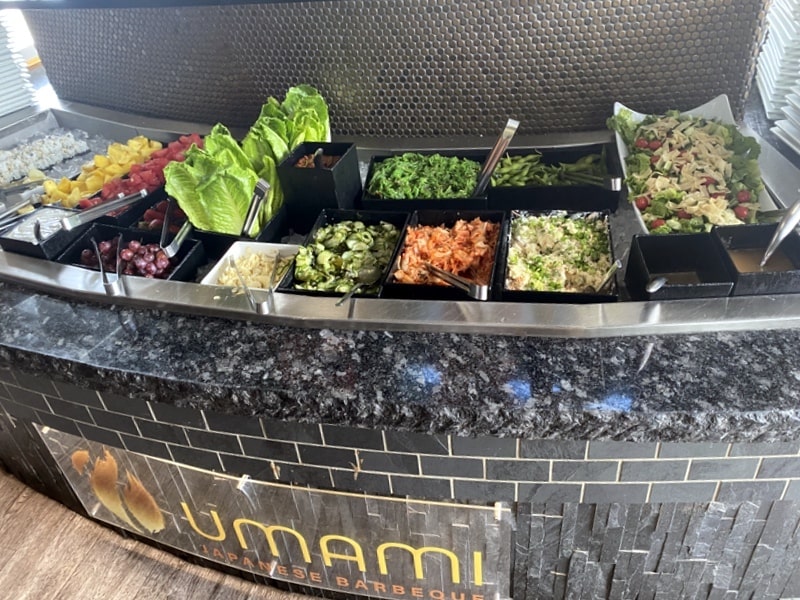
In the salad and veggies section of the buffet are items such as seaweed salad, sunomono, kimchi, Asian salad with sesame dressing and house ginger shoyu vinaigrette, lettuce wraps with sliced garlic and ssamjang, fresh fruit with berries and yuzu yogurt poppy seed dip, California sushi rolls, shrimp cocktail, Japanese-style potato salad, fresh fruits, and much more.
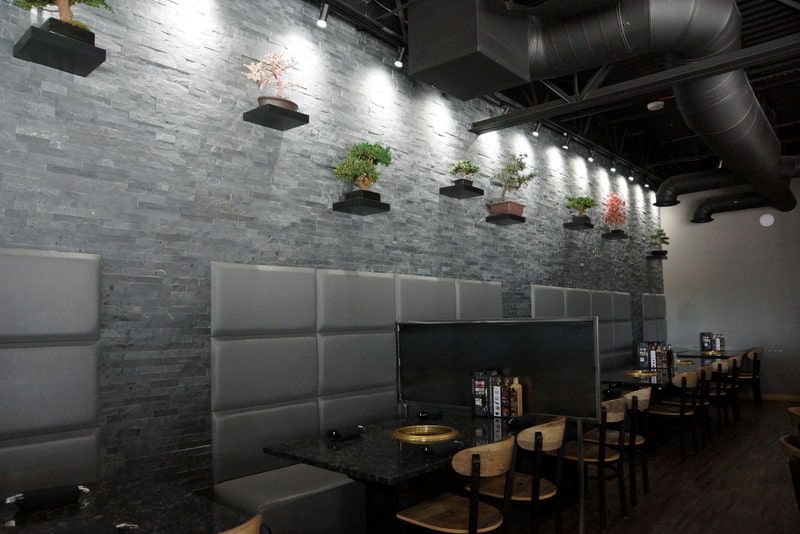
The per person pricing for Umami’s tabehoudai meals (all you can eat) is $18.99 for lunch ($9.99 for children 8-11, $6.99 for children 5-7, children 4 and under eat free with a paying adult) and for dinner, it’s $25.99 ($16.99 for children 8-11, $10.99 for children 5-7, children 4 and under eat free with a paying adult.) There are no alcoholic beverages served at Umami; drinks include all-you-can-drink fountain sodas (Coca-Cola products) for $2.99, as well as Japanese melon soda ($2.99), Ramune ($2.99), and Japanese strawberry soda ($2.99). Although there are plenty of food items to choose from during lunch, the selection during dinner service is even bigger.
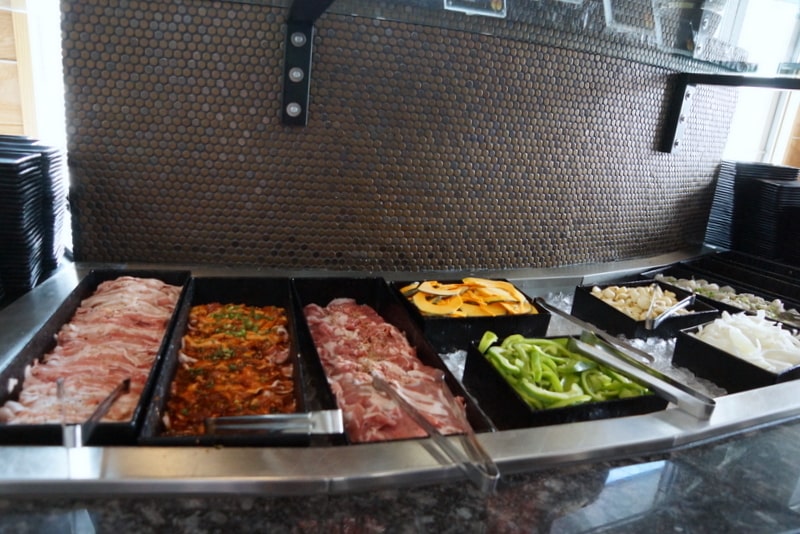
You’ll need to pace yourself at Umami as the buffet choices seem nearly endless and can be a bit overwhelming. The restaurant does ask patrons to limit their visits to 2 hours, which is more than enough time to sample a wide selection of foods. I suggest trying a handful of food items first and going back for more rather than loading up your plates on the first round. Efficient bussers rotate through the restaurant to remove used plates and encourage guests to use new, clean ones when returning for seconds, thirds, and so on.
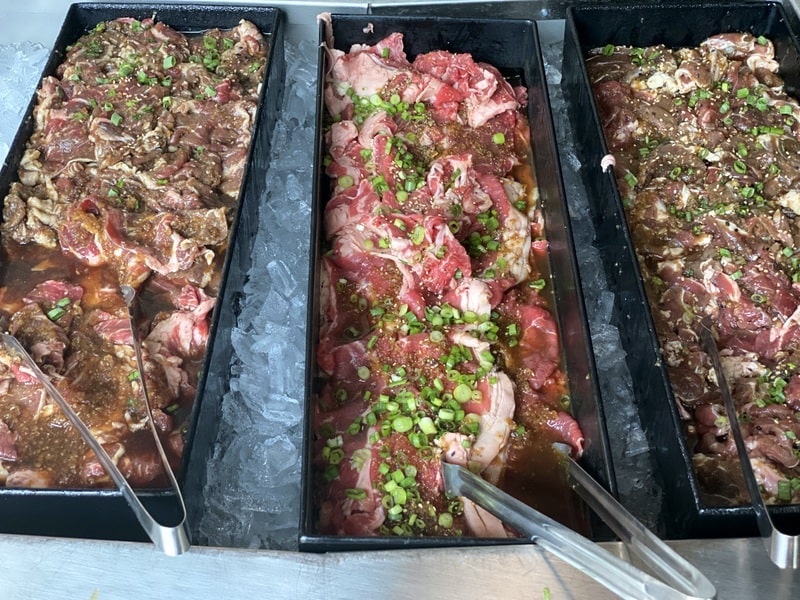
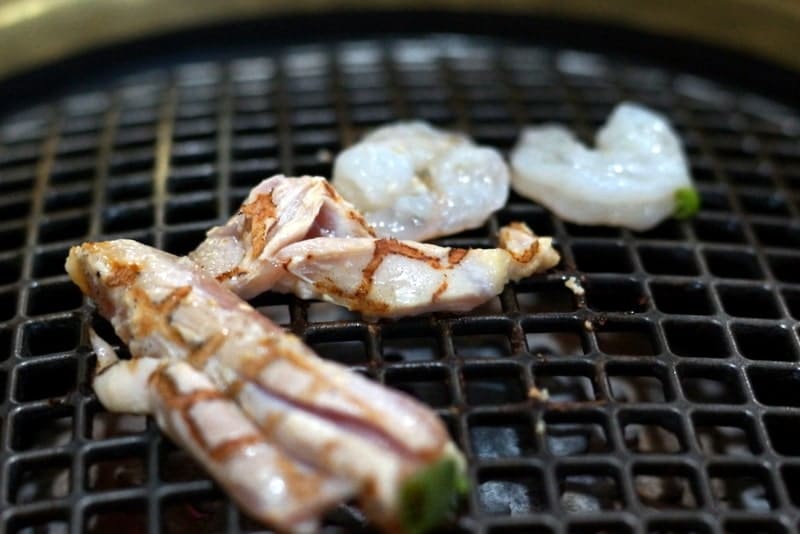
The highlight of yakiniku restaurants is the meat selection, and at Umami it is formidable. I don’t have room to list all of the raw and marinated meat options for cooking on the grill here, but they include Hokkaido style lamb (jingus kan), pork roast, Kurobuta sausage, spicy Korean pork belly, Wagyu Black Label brisket, Korean short rib, New York strip steak, Gyutan cow tongue, garlic shrimp, ribeye, boneless short rib, spicy Korean chicken, chicken bulgogi, sesame pork belly, and more. It’s heaven for carnivores and the quality of the meats offered is very impressive. I particularly favored the cow tongue and Korean pork belly, although the bulgogi was very tasty, too.
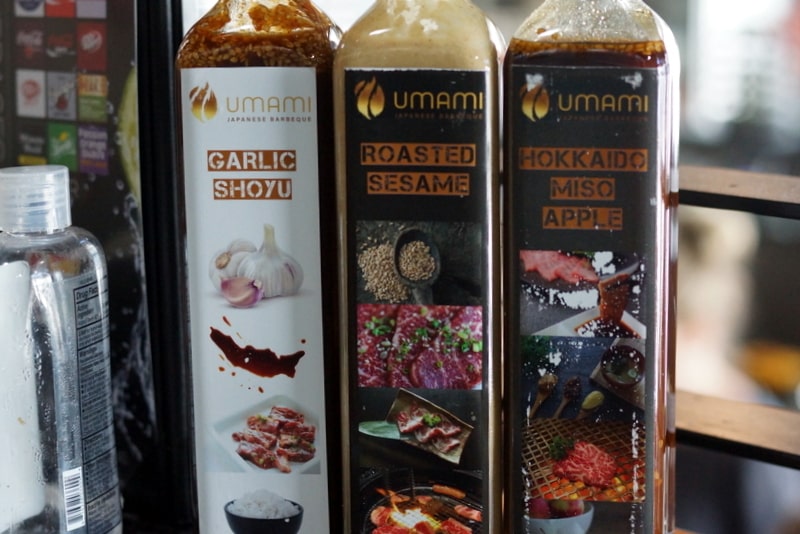
In addition to meat for the grill, there is also Japanese pumpkin (kabocha), mushrooms, garlic, peppers, pineapple slices and onions. It is a dizzying array of food choices. In addition to hot sauces, soy sauce, potsticker sauce, and other condiments available at the buffet, on each table is a trio of special Umami Japanese Barbecue sauces for seasoning your grilled foods: garlic shoyu (my wife’s favorite), roasted sesame, and Hokkaido miso apple (my personal favorite). The sauces are also available to purchase and take home.
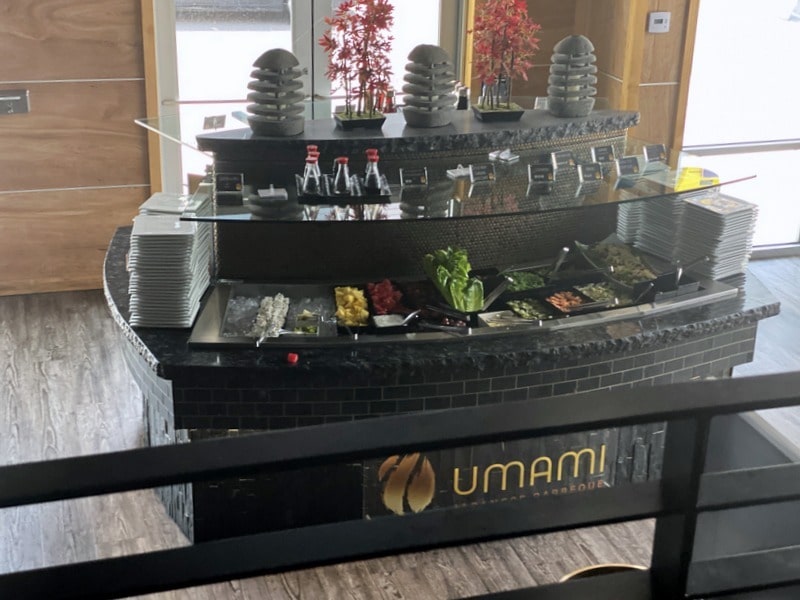
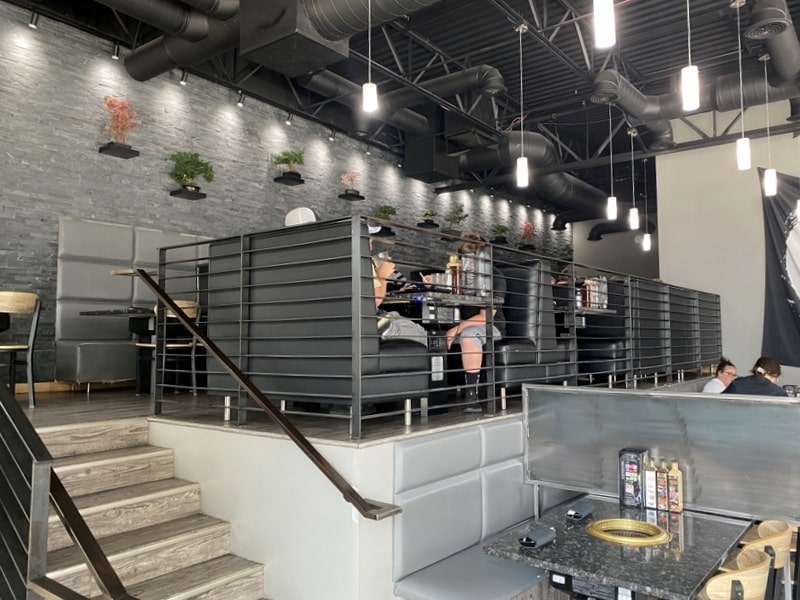
If buffet dining during a pandemic worries you, it ought not. Umami Japanese Barbecue is spotless; you could eat off the floors. It is very well run and managed and hostess/servers like Julia are extremely helpful in getting guests up and running and familiar with the Japanese barbecue process. My wife and I absolutely loved Umami. Our only complaint is that we can’t enjoy a glass of wine with the barbecue there, even if it is located in the middle of a place called Vineyard.
Photos by Ted Scheffler
Culinary quote of the week:
“Grilling means good times, good friends, and hopefully, great food.” — Bobby Flay
FOR MORE RESTAURANT REVIEWS GO HERE.
THIS CONTENT IS FROM UTAH BITES NEWSLETTER.
Subscribe to get the latest Utah Bites news and reviews
 Originally trained as an anthropologist, Ted Scheffler is a seasoned food, wine & travel writer based in Utah. He loves cooking, skiing, and spends an inordinate amount of time tending to his ever-growing herd of guitars and amplifiers.
Originally trained as an anthropologist, Ted Scheffler is a seasoned food, wine & travel writer based in Utah. He loves cooking, skiing, and spends an inordinate amount of time tending to his ever-growing herd of guitars and amplifiers.
SUPPORT OUR SPONSORS: click on their logos to visit their website
[nextcode_gallery id_gallery=”4″]

